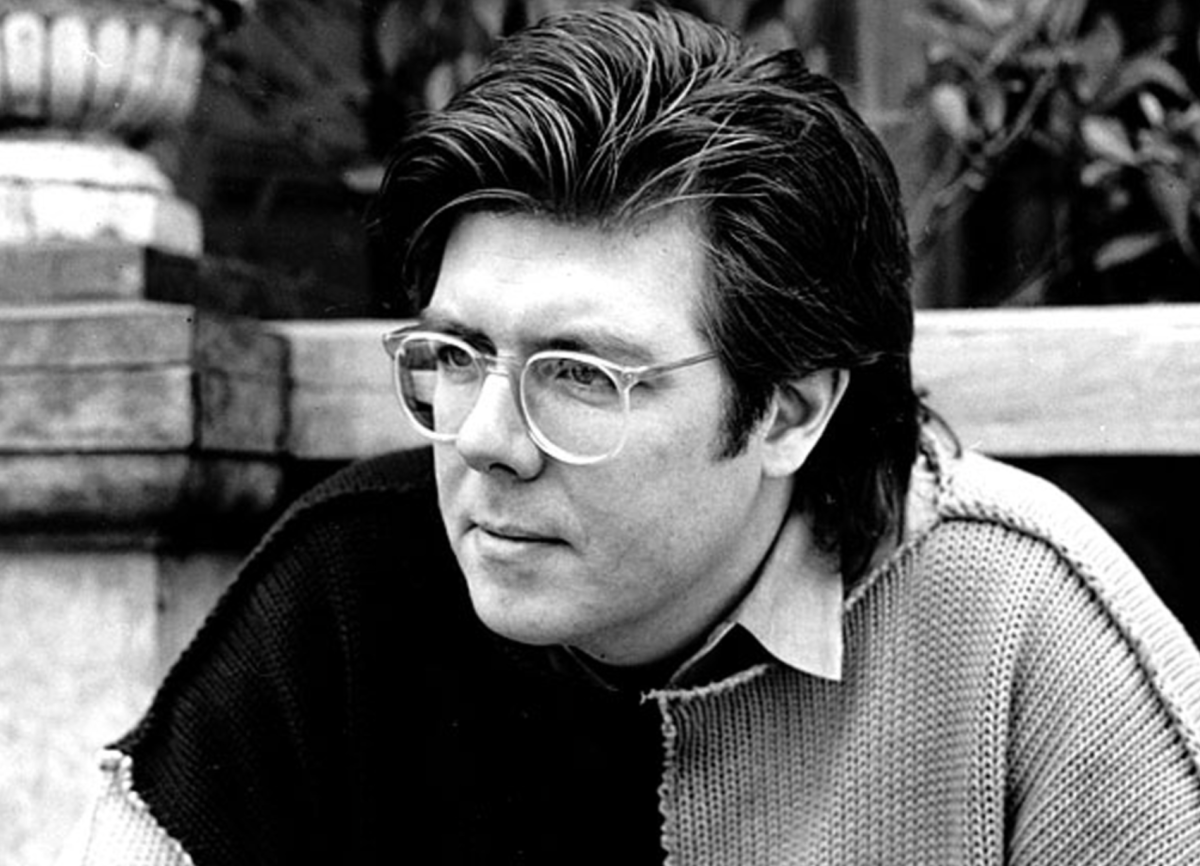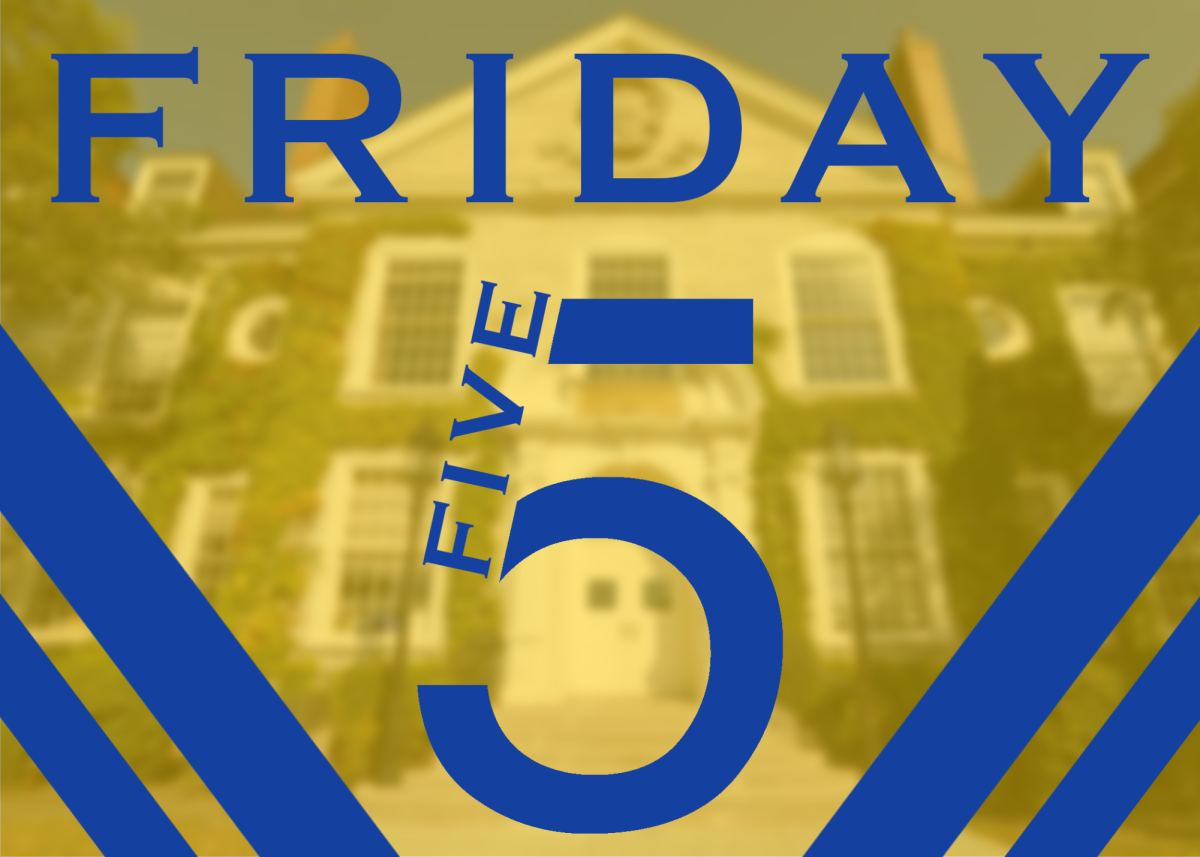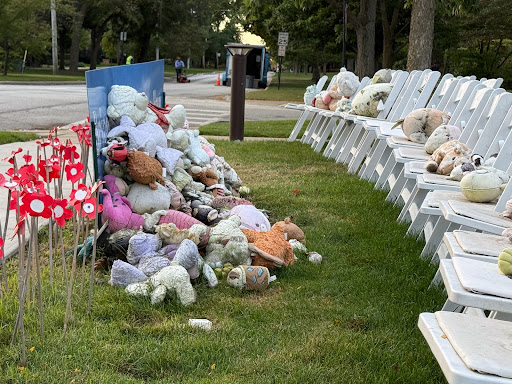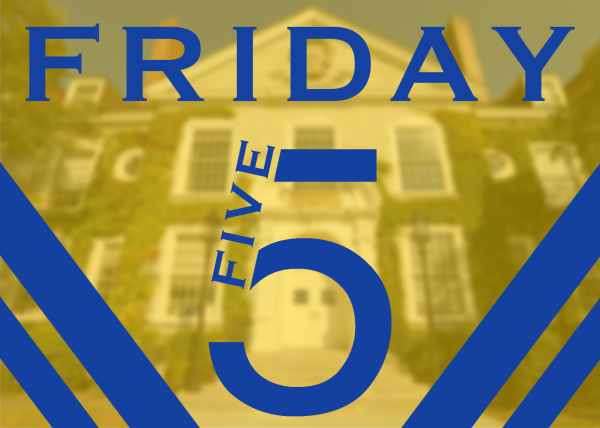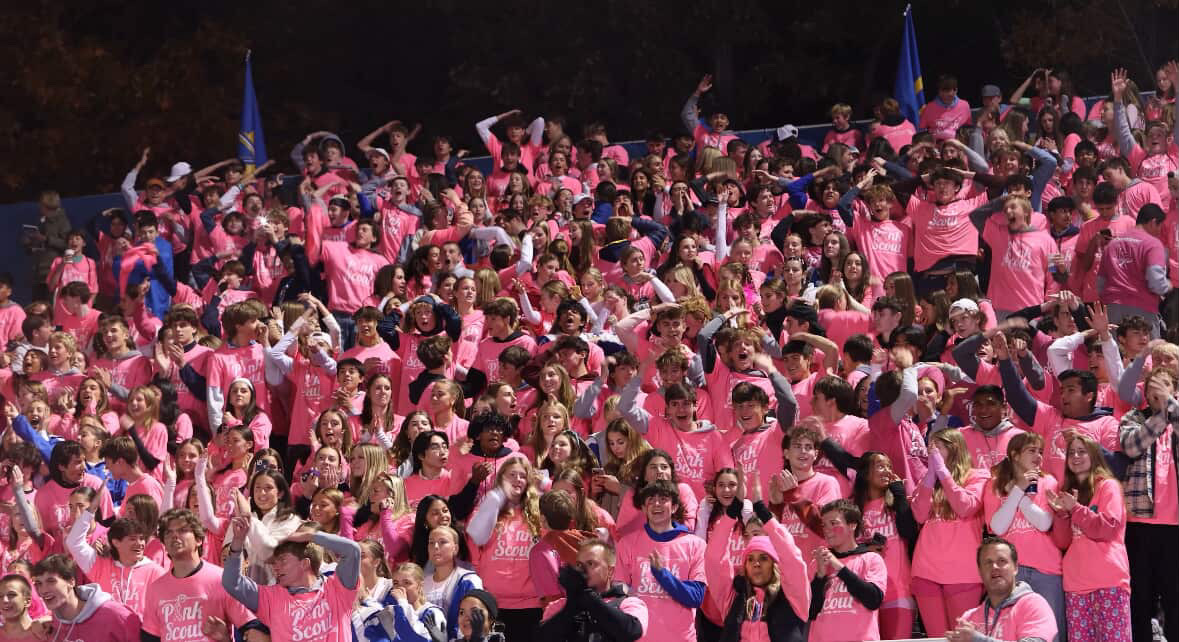Growing up in Lake Forest, it is common to be frequently reminded of the legacy of films produced in the 1980s. This collection, known as “The John Hughes’ Movies,” reigns as an assortment of some of the most prominent films that capture the true privilege and freedom of being a teenager on Chicago’s North Shore.
John Hughes is a revered name throughout the stretch of land that spans 33 miles north of Chicago. One of the most regarded American filmmakers and producers of our time, Hughes established the “modern American teen movie” as its own genre. The Chicago suburbs were the set of countless Hughes films.
Suburban Beginnings and Cinematic Impact
Hughes arrived in Chicago to work as an advertising copywriter,and further began a career by writing jokes for local stand up comedians; his efforts provoked his screenplay writing for movies produced by National Lampoon magazine.
After establishing his own production company in 1985, he found immense success writing, directing, and producing teen-focused films. He resided in Lake Forest for the majority of his adulthood—his films inspired by his surroundings.
Sixteen Candles (1984)
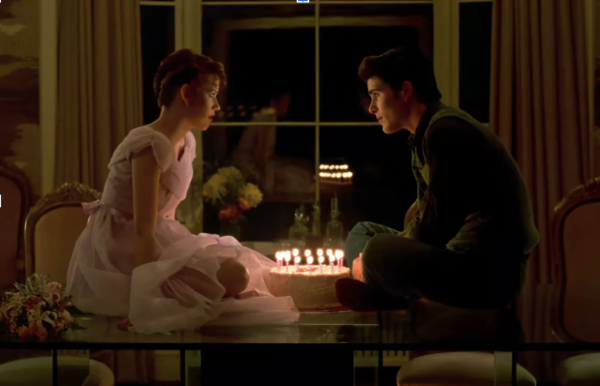
Sixteen Candles stars Molly Ringwald: she plays high schooler Samantha Baker, whose family forgets her sixteenth birthday. This North Shore classic spans a two day long period in which Sam experiences betrayal, love, and a strong connection with Jake Ryan (Michael Schoeffling), a local jock who shifts his focus from partying and popularity to her—a younger, innocent lost teen.
The film’s notable locations span across the Chicago area, specifically Evanston, Highland Park, Skokie and Glencoe. The Baker House, Sam’s home, lies in Evanston: it’s an old, red brick house on Payne Street. Numerous family scenes are shot there, including the grandparents’ visit and the wedding of Sam’s older sister. The house is a quintessential suburban home, similar to Jake Ryan’s house on Waverly Road in Highland Park. This house is known for the dramatic party scene that took place—looking trashed with a rowdy bunch tearing the place down.
Other notable filming locations include Niles East High School and Niles North High School in Skokie, as well as scenes at The Glencoe Union Church in Glencoe.
Sixteen Candles spearheaded the Hughes films and curated the subgenre of modern American Teen Movie: a prominent representation of teens growing up in the 80s Chicago suburbs.
The Breakfast Club (1985)
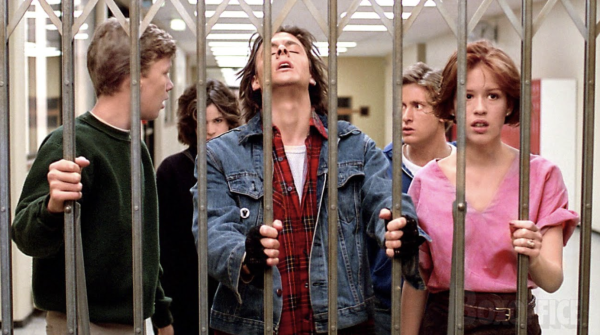
As one of the most notable films of the 80s, The Breakfast Club takes place at Shermer High School—filmed at Glenbrook North High School and Maine North High School—and follows the consequences forced upon five high school students facing detention on a Saturday morning.
These five students—Emilio Estevez as Andrew Clark, Anthony Michael Hall as Brian Johnson, Judd Nelson as John Bender, Molly Ringwald as Claire Standish, and Ally Sheedy as Allison Reynolds—are a part of separate social cliques and are obligated to spend an extended amount of time together under the supervision of their Vice Principal, Richard Vernon, portrayed by Paul Gleason.
The plot revolves around the formation of unexpected friendships from unfortunate circumstances and reveals the specific struggles each of the characters’ face. The film is representative of identity, how appearances can be deceiving to many, and the need to overcome differences.
The exploration of vulnerability, collapse of stereotypes, and authenticity of teenage interaction is what made the film so unique to viewers. The legendary closing of Judd Nelson striking his fist in the air as he walks across the football field to “Don’t You Forget About Me” captivates viewers and reminds that friends come from unexpected places.
Ferris Bueller’s Day Off (1986)
Ferris Bueller has become a household name amongst multiple generations and will forever be considered as one of the most iconic Chicago-based movies. The film revolves around Ferris Bueller (Matthew Broderick), a teenage boy who fakes an illness to ditch school for the day.
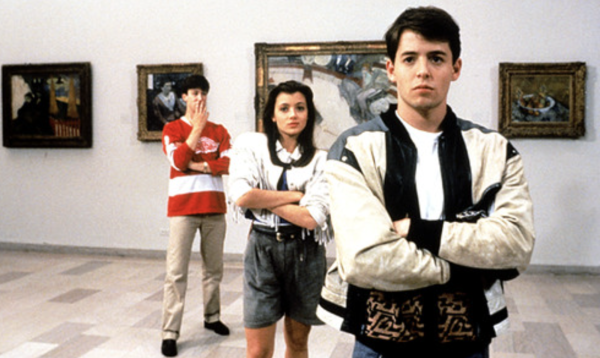
The storyline follows Bueller alongside his best friend, Cameron Frye (Alan Ruck), as well as his girlfriend Sloane Peterson (Mia Sara). The three spend their day off in the city: they stop by a Cubs game at Wrigley Field, The Skydeck at The Willis Tower and The Art Institute of Chicago. During their adventures, School Principal , Edward Rooney (Jeffery Jones) tries to catch them.
As the day goes on, the school population grows concerned for Bueller as he is a popular, sociable student at Shermer High School— “Save Ferris” is even posted on the water tower between Cedar Lane and Meadow Road in Northbrook.
The fictional Shermer, Illinois, established in multiple Hughes films—including The Breakfast Club and Sixteen Candles—makes a return in Ferris Bueller’s Day Off. School scenes take place at Glenbrook North High School on Shermer Road in Northbrook—the same hallways used for The Breakfast Club are featured.
Bueller’s humorous and absurd personality captivates the audience and sheds light on teenage innocence as he dances on a parade float down Wacker Drive, belting Twist and Shout, and impersonates “Abe Froman, The Sausage King of Chicago,” to secure a reservation at Chez Quiz, a fictional high end restaurant.
The film concludes with Ferris reflecting on his high school years and what his future holds while sitting with his two friends at Glencoe Beach. Furthermore, they contemplate how to overcome Cameron Frye’s father’s 1961 Ferrari 250 GT California being launched into the ravine off Beech Street in Highland Park.
This coming-of-age film will remain as one of the most legendary comedies of our time.
Home Alone (1990)
Home Alone was Hughes’ greatest financial success: the family friendly Christmas film was a hit that led to a series of multiple related sequels.
Based in Winnetka, Kevin McCallister (Macaulay Culkin) is left alone during Christmas vacation as his abnormally large family travels to Paris. The movie begins with McCallister overwhelmed by the chaos of his chaotic family. After acting out to his mother (Catherine O’Hara) the evening before they leave for vacation, he awakens the next morning to an empty house. Despite being initially pleased that his family members have disappeared, he is soon greeted by two unwanted burglars (Joe Pesci and Daniel Stern) who are aware the family is gone. McCallister creates an iconic set of pranks to play on these thieves to drive them out of his home.
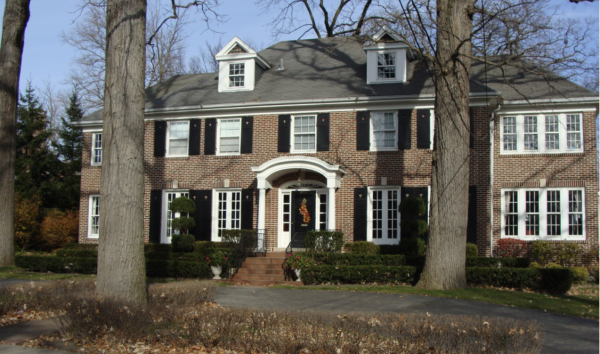
The filming locations of Home Alone include The Grand Food Center, where McCallister stops for a toothbrush; Trinity United Methodist Church in Wilmette and Grace Episcopal Church in Oak Park—where Kevin attends a church service alone on Christmas Eve—and O’Hare International Airport where his family departs for Paris.
Home Alone is one of Hughes’ most well known creations: it is a cemented Chicago-based holiday film.
Remembering Hughes Where He Found His Voice
As these films near their fourth decade of existence, their lasting impact on these communities has not faded. The representation of growing up on the North Shore is incredibly unique—Hughes’ time spent walking the tree-lined streets of Lake Forest and observing the lives of LFHS students and its surrounding community enriched the teen culture that exists in these films.
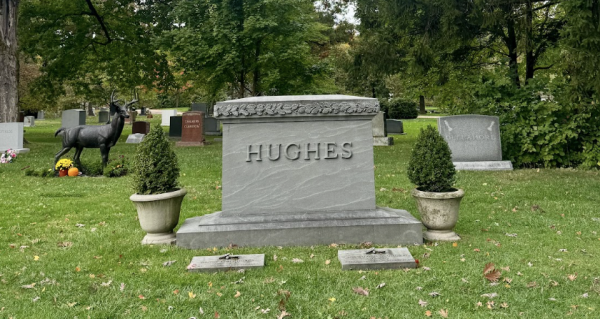
Hughes tragically passed away in 2009 in New York City from a heart attack at the young age of 59 years old. He is buried at Lake Forest Cemetery, just a block away from the school that sparked his passion through depicting high school culture through his incredible direction.
John and Nancy Hughes’ historical home rests on East Westminster Road, concealing the true magic of his work and what has made his legacy so special.

